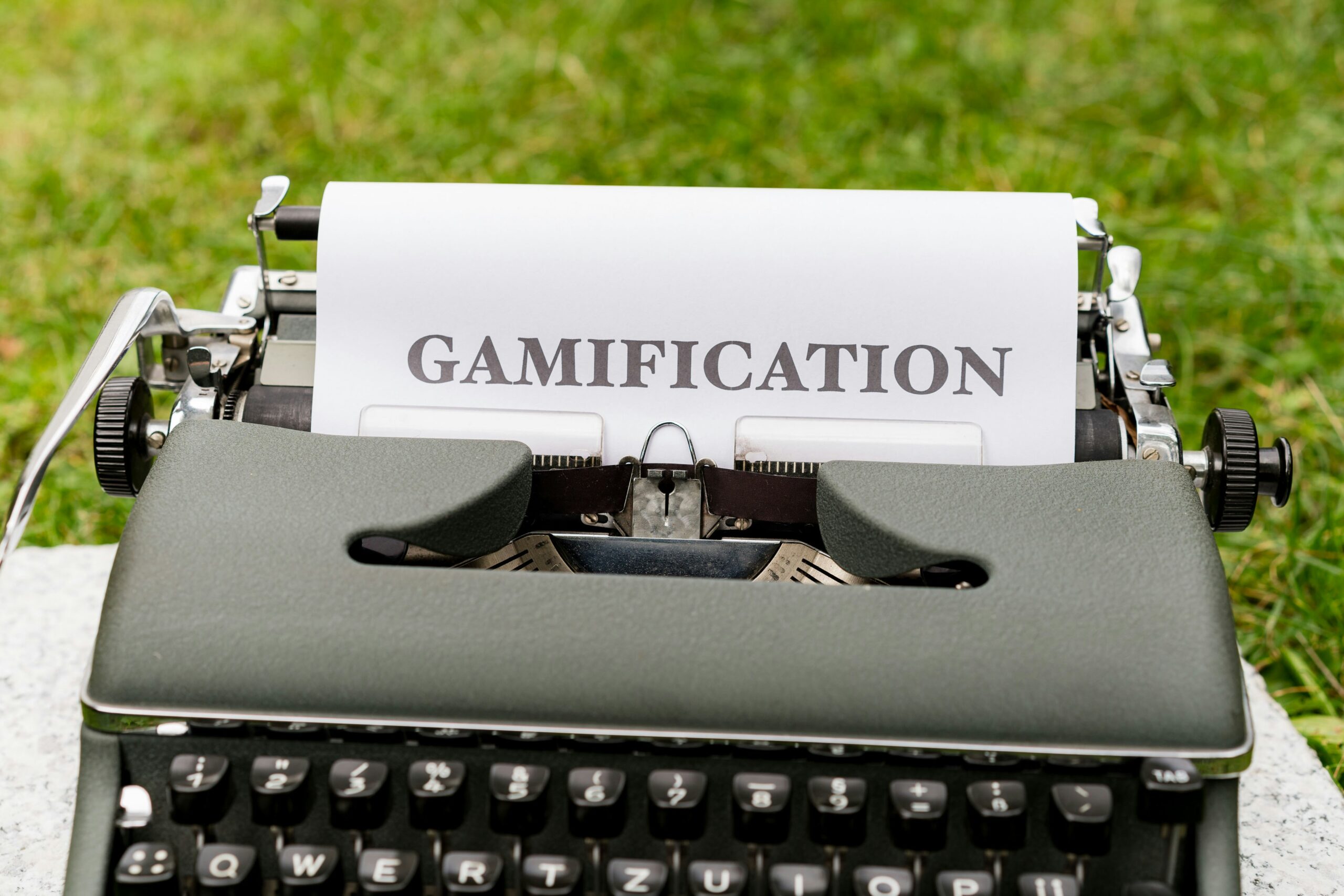Gamification Strategies for Enhanced Customer Engagement
August 25, 2025 | by qqvmedia.com


Understanding Gamification in Marketing
Gamification refers to the application of game-design elements in non-gaming contexts, particularly in marketing, to enhance customer engagement and encourage desired behaviors. In the realm of marketing, gamification employs strategies that transform conventional approaches by integrating features such as points, rewards, challenges, and leaderboards into customer interactions. This innovative approach is grounded in various psychological principles, focusing on motivation and engagement, which are crucial for fostering a connection between brands and consumers.
At its core, gamification leverages intrinsic and extrinsic motivation to inspire customers to participate actively in brand-related activities. Intrinsic motivation is driven by internal factors—such as satisfaction or the joy of completing a challenge—while extrinsic motivation stems from external rewards, like discounts or access to exclusive content. By skillfully combining these motivational drivers, businesses can create compelling experiences that make customers feel more invested in their brand.
Furthermore, the social aspects of gamification play a notable role in enhancing customer engagement. Features such as leaderboards not only stimulate competition among customers but also cultivate a sense of community through shared experiences and achievements. This communal environment encourages customers to engage more frequently and deepen their relationship with the brand.
Incorporating gamification into marketing strategies allows businesses to shift from a traditional one-sided communication model to a more interactive and engaging experience. Customers are no longer passive recipients of marketing messages; instead, they become active participants in their engagement journey. By merging game-like elements with marketing initiatives, companies can significantly enhance customer experiences, ultimately leading to improved loyalty and brand advocacy. This transformation highlights the potential of gamification in redefining marketing strategies in today’s highly competitive landscape.
Effective Gamification Strategies
Incorporating gamification strategies into customer engagement initiatives can significantly enhance the interaction between brands and their audiences. One of the most effective techniques is the implementation of point systems, where customers earn points for various interactions with the brand, such as making purchases, writing reviews, or sharing content on social media. These points can then be redeemed for rewards, thereby motivating customers to engage more frequently with the brand.
Another powerful gamification strategy is the use of badges. Badges serve as visual representations of accomplishments and can foster a sense of achievement among customers. By earning these badges for completing specific tasks or milestones, customers gain recognition within the community and are encouraged to continue participating. This recognition can also be linked to a social component, encouraging friendly competition among users as they strive to earn and display their badges.
Challenges and quizzes are also effective gamification strategies that promote customer interaction and engagement. By designing engaging challenges that require participation, businesses can entice customers to play a more active role in their brand experience. For instance, a company may create a quiz related to its products, offering incentives for high scores, which not only boosts participation but also educates customers about the offerings.
Furthermore, personalization plays a crucial role in these gamified experiences. Tailoring challenges and rewards to individual user preferences creates a sense of ownership and involvement. Also, incorporating social features allows for collaboration and competition among users, further enhancing the engagement aspect. Real-world examples, such as Starbucks’ loyalty program, exemplify how these gamification strategies effectively engage customers and promote ongoing interactions. Through the clever use of point accumulation, badge systems, and personalized challenges, businesses can harness the power of gamification to boost customer engagement significantly.
Measuring the Impact of Gamification
Measuring the impact of gamification involves employing various methods and metrics to evaluate how effective these strategies are in enhancing customer engagement. One critical approach is the identification and utilization of key performance indicators (KPIs). Customer retention rates, for instance, serve as a vital metric that reflects the effectiveness of gamification initiatives. By examining retention rates before and after implementing gamification strategies, businesses can discern whether these efforts result in a loyal customer base.
Participation levels are another essential KPI. They provide insights into how engaging the gamified activities are and how often customers interact with them. Businesses can assess participation levels through metrics such as daily active users (DAU) and session duration, which individually or collectively indicate the overall appeal of the gamification effort. High participation typically correlates with improved customer engagement, which can drive overall business success.
Furthermore, user feedback serves as a qualitative metric that can provide invaluable insights into customer experiences with gamified elements. Surveys, reviews, and direct feedback allow companies to gather perspectives on what aspects of gamification resonate with their audience and identify potential areas for improvement. This qualitative data, when analyzed alongside quantitative metrics, offers a holistic view of the gamification’s effectiveness.
To effectively track these engagement metrics and customer behaviors, businesses can utilize analytics tools. Advanced analytics platforms allow for real-time tracking and reporting, enabling companies to assess customer interactions with gamification elements effortlessly. By analyzing data trends and customer behaviors, businesses are better equipped to make informed adjustments to their gamification strategies, thereby optimizing the customer engagement experience.
Challenges and Best Practices in Gamification
While gamification offers promising opportunities for enhanced customer engagement, it is not without its challenges. One major issue businesses face is maintaining user interest over time. Initially, gamified elements may attract attention and excitement, but as users become familiar with these features, they may lose interest. To combat this, businesses must continuously innovate and refresh their gamification strategies, ensuring that content remains engaging and aligned with customer expectations.
Another challenge lies in the alignment of gamified elements with the brand’s values. Gamification should serve to enhance the brand experience, not detract from it. Integrating game mechanics that resonate with core brand messages guarantees that customers perceive the gamified experience as authentic. Moreover, it is crucial for businesses to consider their target audience, as different demographics may respond differently to various gamification approaches. Understanding these nuances is vital for effective strategy design.
To address these challenges, best practices suggest prioritizing user experience above all else. A well-designed gamification system should feel intuitive and enjoyable, not cumbersome or frustrating. Furthermore, businesses should keep gamified content relevant to the evolving interests of users. Regularly updating challenges, rewards, and engagement tactics helps maintain enthusiasm and encourages continued participation.
Another potential pitfall to avoid is gamification fatigue. As users participate in gamified environments, they may experience diminishing returns or burnout. To counteract this, businesses should ensure a balanced integration of gamification that complements rather than overwhelms the user experience. Continuous feedback and iteration are essential components of successful long-term gamification strategies. Actively soliciting user feedback can inform adjustments and enhancements, making the overall experience more fulfilling and engaging.
RELATED POSTS
View all


